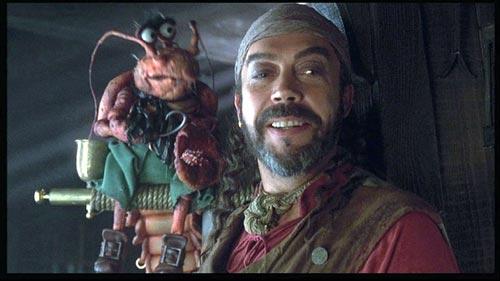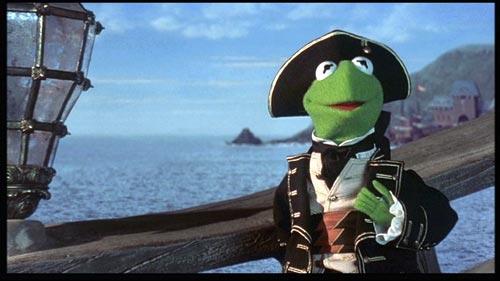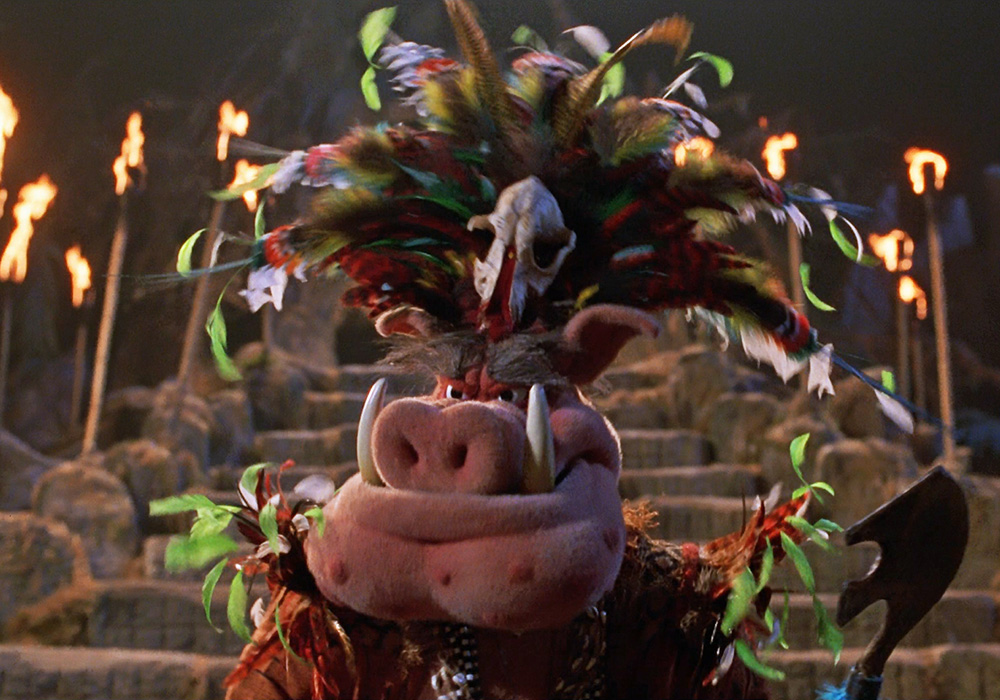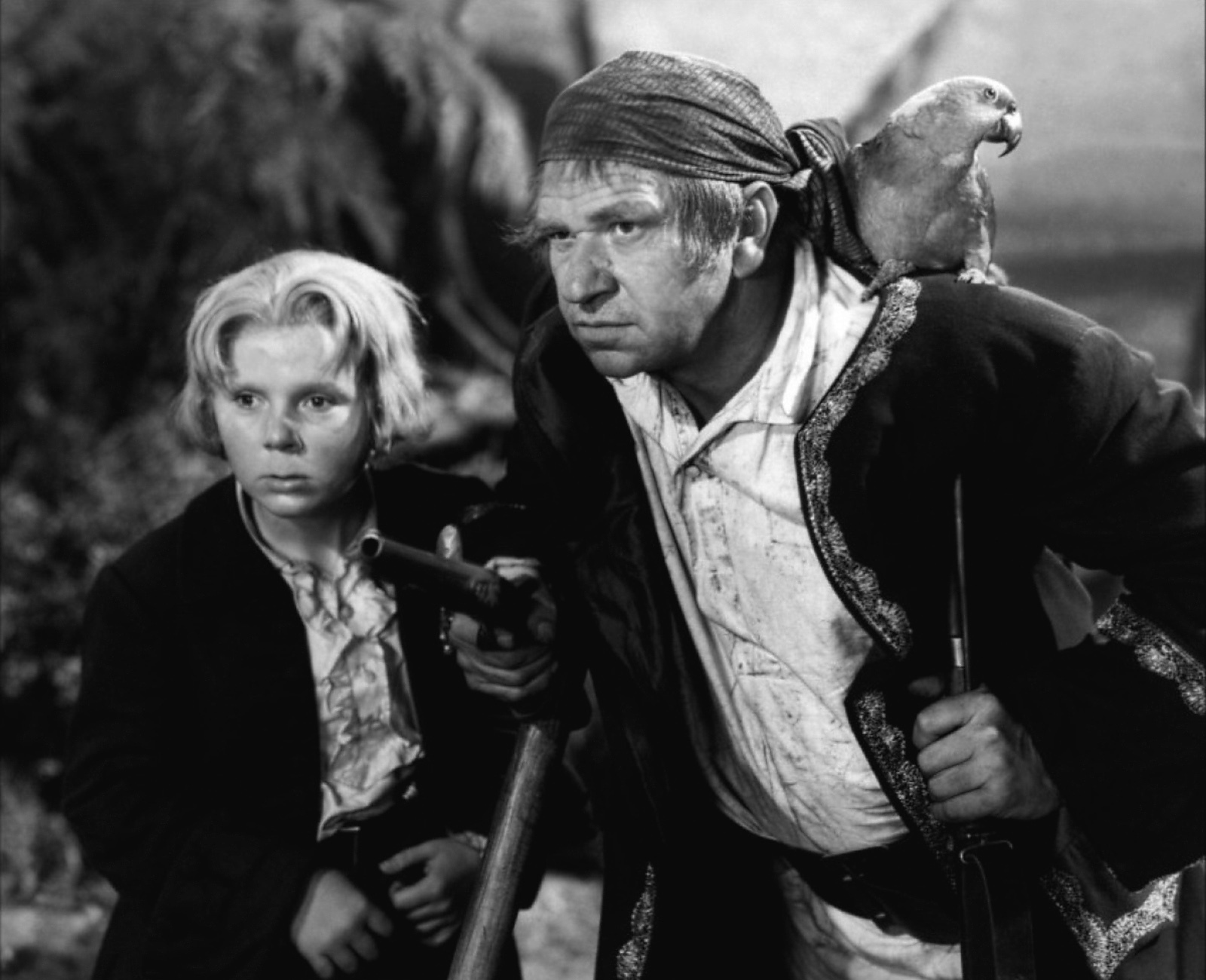June 3-5 in Port Washington Wisconsin
It’s hard being a 21st
century, modern day pirate. Any way you look at it, the ocean is roughly 1,500
miles away. And, if you’re as close to Chicago as I am, the weather is hardly
tropical. But these terrible problems have been mitigated by wonderful
reinstatement.
The Port Washington
Pirate Festival is back!
Port Washington was my
first pirate festival, and it became a yearly ritual. Situated beside the wide
waters of Lake Michigan, in the picturesque resort town of Port Washington, the
festival was lively, colorful, and full of interesting people. It introduced me
to pirate rock and pirate folk music. It provided my first cruise on a tall
ship. And, while dressing for one of the events, I had the revelation that
ultimately revealed the character of Scarlet MacGrath, the pirate heroine of my
novel series.
The pirate festival was
free. On our first visit, we visited on the cheap, by staying at a local
campground. In future years, we opted for each of a variety of low-cost local
motels – several of which are nearby. Port Washington also offers a high-rise
Holiday Inn, situated right next to the action.
Port Washington is a
small town, and the festival takes place on a lovely strip of land between
picturesque buildings and the wide expanse of the historic port. Local fishing
boats, decorated with pirate accoutrements, bob in the waves. A gazebo sheltered singers and musicians.
The fest’s organizers
also invited historical reenactors to set up an encampment, where visitors
could learn about real 18th century life, from blacksmithing to
waving to recreational ax-throwing. The reenactors also provided a small troop
of redcoats for the pirates to harass.
The festival, in true
pirate fashion, provided a Buccaneers Bash on Friday night, with a tent full of
music and loud music. On Saturday, the tall ship (Windy II during my first time
at the fest) sailed into the harbor with black powder cannons blazing. The
“governor” made a speech, the pirates kidnapped his daughter, and subsequently
“negotiated” for a weekend long free pardon for all the pirates. Much cheering.
Toasts of rum.
The body of the fest was
pirate acts – mostly musical – and a “thieves’ marketplace” for vendors. I will
say that the variety of vendors covered a lot of ground. Exotic carved wooden
folk art from Thailand, pirate garb vendors, arms merchants (of the 18th
century variety) mingled with jewelry, kid’s trinkets, and a variety of other
crafty type wares.

Vendors claim to have all
done well. The only exception? A soap merchant. Soap and pirates… maybe this
one was doomed from the start.
The good ship Windy II offered cruises starting at
about $30. For additional fees, guests could be aboard during the Saturday
morning “attack” on the port, or during dinnertime (with a meal) and late
Saturday night, when the fireworks were let off. Fireworks over a pirate event.
Truly grand.
In between the
educational events, (is sampling historically accurate grog research?) and
listening to electric guitars belt out sea shanties, the people-watching was
prime. Small children dressed in finery from the Disney Store, reenactors who
had slaved over their wool and linen garb for dozens – if not hundreds – of hours,
moms who grabbed a pattern from Simplicity and a dozen yards of stripped
fabric, and biker-types who dress like this every day and are just a little
scary-looking. But it was a friendly group - everyone happy. And why not? We were pirates!
I spent many happy hours
wandering through this wonderful event. I even like to think I contributed to
it – when the committee asked for suggestions, I told them that they needed
belly dancers. Belly dancers and pirates are two great things that go great
together. (Even better than peanut butter and chocolate.) The very next year, a
troop of belly dancers appeared.
And then… it disappeared.
A notice went up, and the Port Washington Pirate Festival was no more. For
three long years, the pirates in the Midwest had to do without.
So, if you are in the
Midwest on the first weekend in June – that’s June 3,4 and 5 this year, come
one up to Port Royal and have a good time.











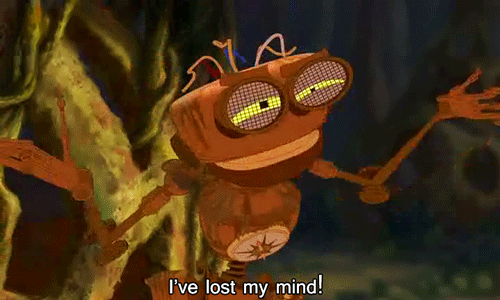


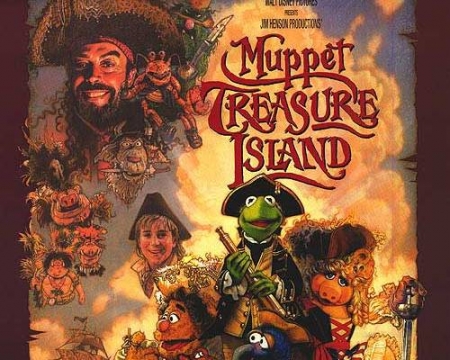

.png/revision/latest?cb=20131003140613)


